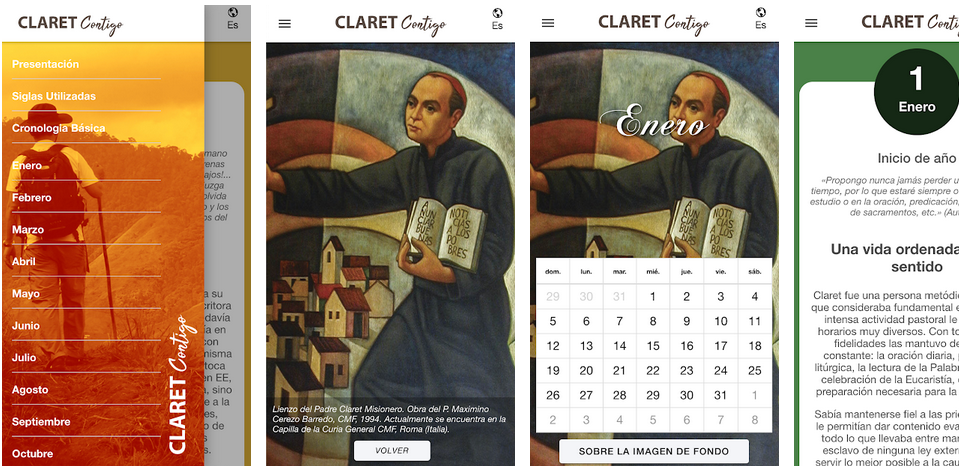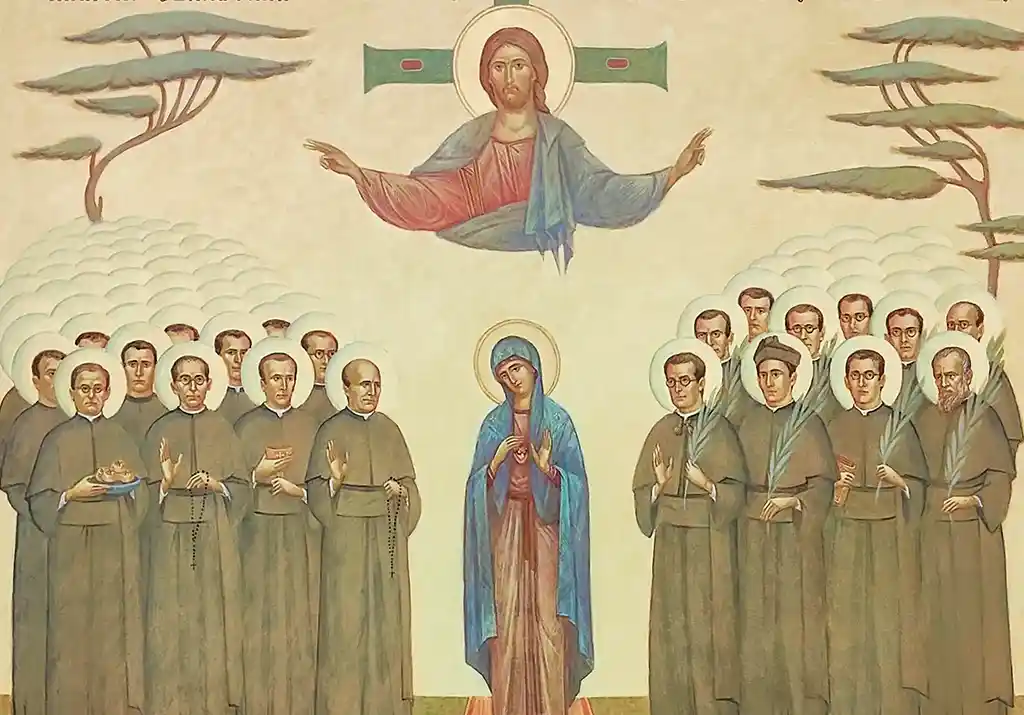“To be Mary’s devotee is a sign of predestination, just as it is a sign of disapproval not to be her devotee or to oppose devotion to her. The reason is very clear – nobody can be saved without the help of the Grace that comes from Christ as the Head of his mystical Body, the Church. Now, Mary is, so to say, the neck that connects the body with the head and as the influence of the head to the body must pass through the neck, so also Jesus’ graces pass through Mary to the body, that is, to her devotees who are living members.
Mary Mediatrix
Claret might have found this imagery of Mary as the “neck” through which the life of the head reaches the rest of the body in the writings of St. Alphonsus Ligouri (18th c.) and St. Bernard (12th c), which he read avidly. It is no longer used in current Mariological circles, perhaps because it is very physical. According to today’s theology, “graces” do not pass through any part; Grace is the love and the presence of God acting in us, as the extension of the Father’s love for Christ’s humanity. And we receive it by faith.
But Mary is the living faith and from her we receive the faith in Jesus that unites us with his sacred humanity. In Jesus’s humanity we receive the presence of the Trinity that sanctifies us. Pope Paul VI must have thought about it when, at the Council he solemnly declared Mary “Mother of the Church.” With joy we can call her Mother of faith, Mother of grace, Mother of Christ.
It should be made clear that this theological reality of Mary’s mediation was already accepted centuries ago in the Church. Many bishops asked that it be made a dogma at the 2nd Vatican Council. But the Council had no intention of promulgating dogmas, but to provide the faithful with a good theological-spiritual doctrine. And the Council really clarified issues. After reaffirming that there is only one mediator (cf. 1Tim 2, 5-6), it established the precise role of Mary’s mediation: “The maternal duty of Mary toward men in no wise obscures or diminishes this unique mediation of Christ, but rather shows His power. For all the salvific influence of the Blessed Virgin … originates, not from some inner necessity, but from the divine pleasure. In no way does it impede, but rather does it foster the immediate union of the faithful with Christ” (LG 60). A little further, the Council added that Mary is invoked as Mediatrix and “cares for the brethren of her Son” (LG 62).






